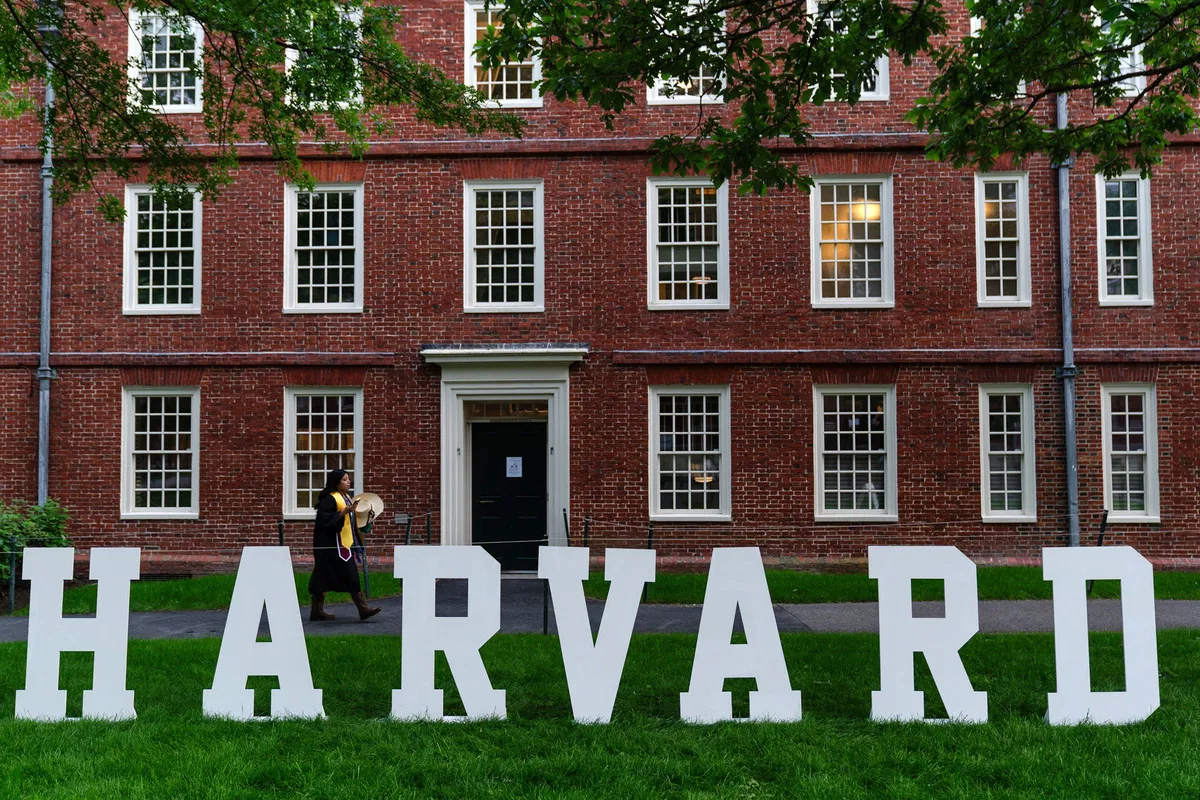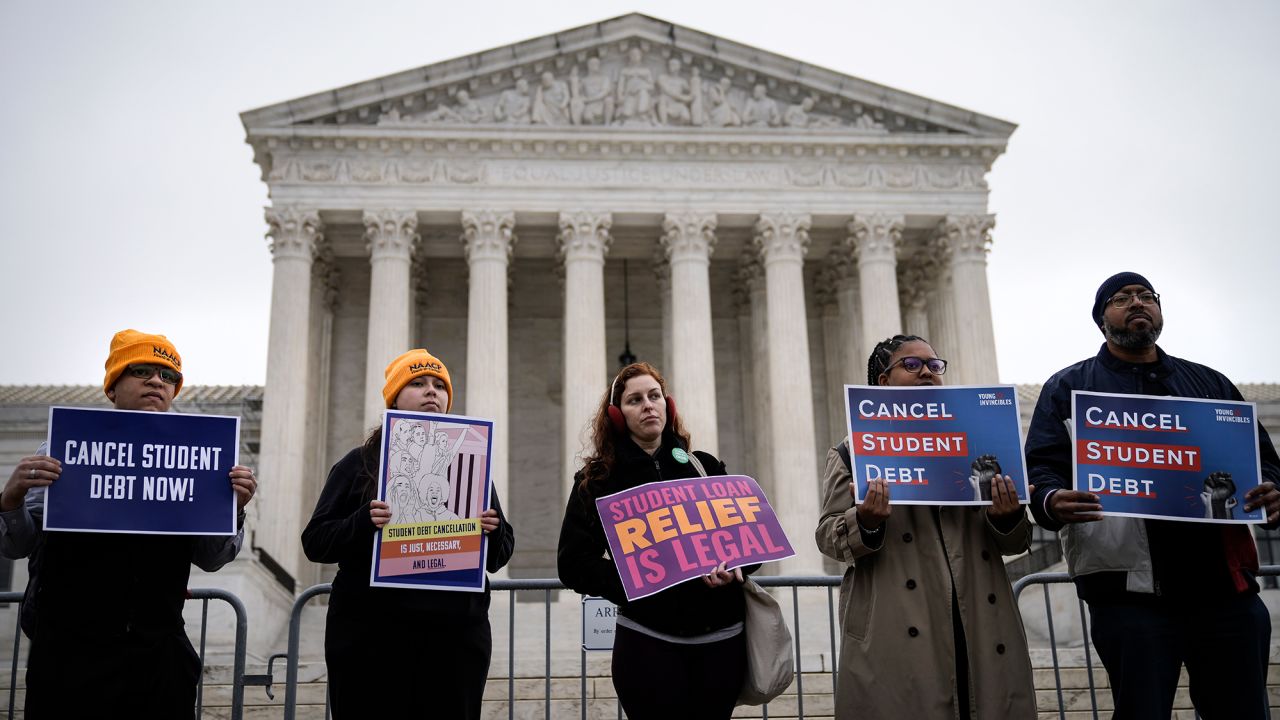Recent findings from Harvard University reveal a troubling reality: student debt in the United States has reached record levels, with Black and Latino graduates bearing the brunt of this financial burden. This crisis is not just an economic issue; it is a profound matter of racial and social justice.
Debt Disparities Highlight Racial Inequality
According to research, Black and Latino graduates carry an average of 25% more student debt than their white peers. This disparity is alarming and underscores the systemic inequalities entrenched within our educational and financial systems. The median Black household possesses just 15% of the wealth of the median white household, and for those with student debt, this figure shrinks to a meager 5%. The implications are staggering, with Black women facing the highest levels of debt.
Educational Debt as an Economic Stressor
The burden of educational debt acts as an economic stressor that significantly impacts mental health, particularly among African American and Latinx youth. As reported by FM Deckard, this financial strain hampers not only the ability to invest in one’s future but also contributes to mental health challenges that can last a lifetime. These findings highlight the urgent need for a reevaluation of how student debt is managed and alleviated.
\n\n
First on CNN: More than 12,000 Harvard alumni unite to ...
Calls for Comprehensive Student Loan Reform
Experts across the nation are advocating for comprehensive student loan reform that addresses these disparities head-on. This includes implementing income-based repayment plans that cap repayments at a manageable percentage of a borrower’s discretionary income, as suggested by Brookings. Such measures would provide immediate relief to borrowers struggling under the weight of their loans and would help close the racial wealth gap exacerbated by student debt.
Importance of Funding Historically Black Colleges and Universities
In conjunction with reforming student loans, there is an urgent need to increase funding for Historically Black Colleges and Universities (HBCUs). Programs like Title III Part B are designed to strengthen HBCUs by providing essential financial assistance, as detailed by the U.S. Department of Education. This funding is crucial for enhancing the academic resources and financial management of these institutions, which play a pivotal role in supporting Black students.
\n\n
Student loan forgiveness: Takeaways from Supreme Court oral arguments ...
Government Support and Future Initiatives
The Biden-Harris administration"s recent announcement of $1.3 billion in additional funding for HBCUs is a positive step, as outlined in a White House fact sheet. This investment is vital for ensuring that these institutions can continue to provide quality education to underserved communities. However, this must be part of a larger strategy that directly addresses the student debt crisis affecting minority borrowers.
As we navigate the complexities of educational financing, it is imperative that we focus on dismantling the systemic barriers that perpetuate racial inequality in student debt. This not only requires policy changes at the federal level but also a societal commitment to ensuring equitable access to education for all.








